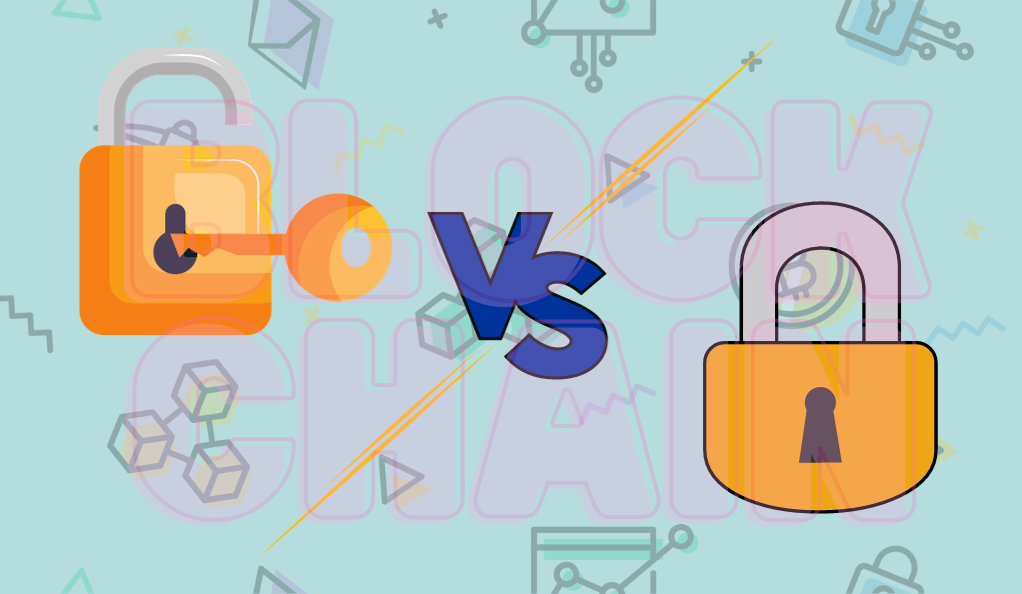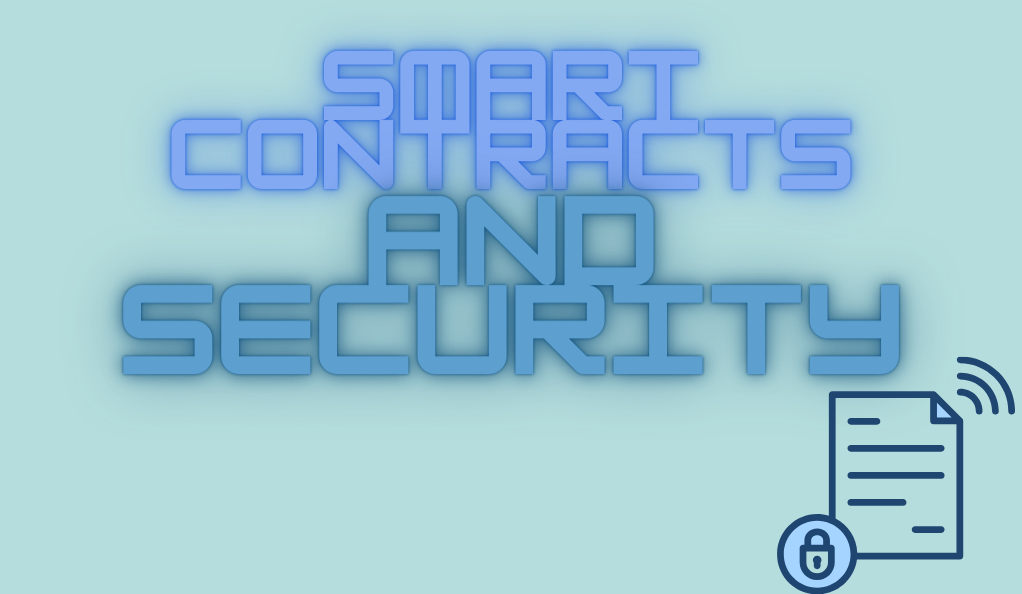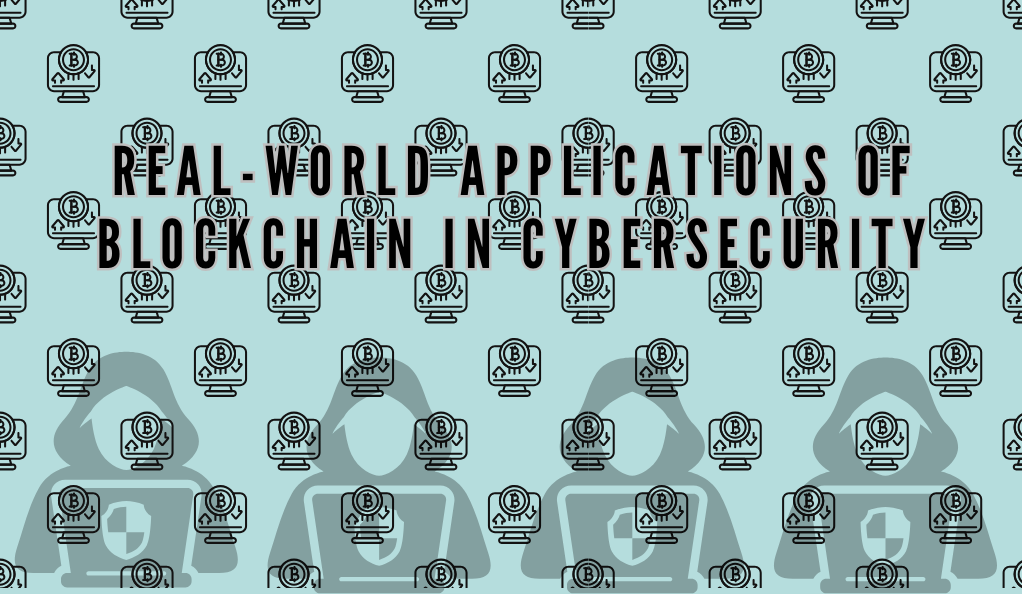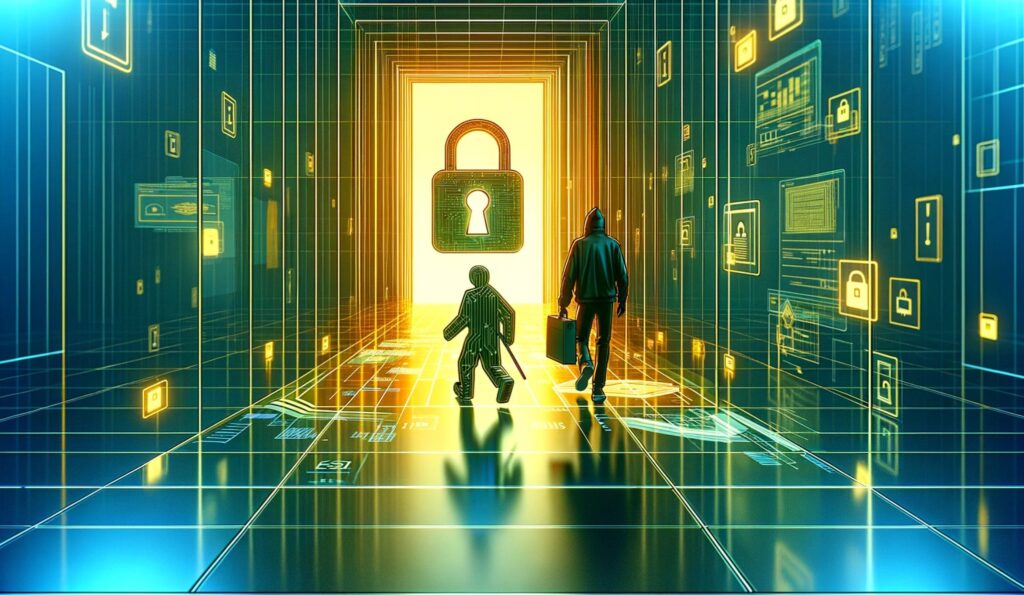In today’s digital age, the quest for secure and transparent systems has led to the emergence of blockchain technology. At its core, blockchain is a revolutionary distributed ledger system that promises to reshape the way we think about data, trust, and security.
What is Blockchain?
Blockchain, often described as a digital ledger, consists of growing lists of records, known as blocks, that are securely linked together using cryptographic hashes. Each block contains a cryptographic hash of the previous block, a timestamp, and transaction data. This design ensures that once data is recorded in a block, it cannot be altered retroactively without changing all subsequent blocks, making it inherently secure and tamper-proof.
| Component | Description |
|---|---|
| Block | A container data structure that aggregates transactions for inclusion in the public ledger. |
| Timestamp | A sequence of characters or encoded information identifying when a certain event occurred, typically giving date and time of day. |
| Cryptographic Hash | A function that converts an input into a fixed-size string of bytes, which typically appears random. It ensures data integrity. |
| Transaction Data | Information related to the exchange of assets, value, or data between parties. |
The Evolution of Blockchain
The conceptual foundation of blockchain can be traced back to cryptographer David Chaum’s 1982 proposal of a blockchain-like protocol. However, the term “blockchain” gained significant traction after 2008, when an individual or group under the pseudonym Satoshi Nakamoto introduced Bitcoin. Bitcoin’s underlying technology, the blockchain, was designed to serve as a public distributed ledger for cryptocurrency transactions. This innovative approach solved the double-spending problem without the need for a centralized authority, marking a significant leap in the world of digital transactions.
Over the years, the application of blockchain has expanded beyond cryptocurrencies. Today, it finds relevance in various sectors, from healthcare to supply chain management, primarily because of its decentralized, transparent, and immutable nature.
Why is Blockchain Important?
Blockchain’s significance lies in its ability to provide a transparent and tamper-proof system. Every participant in the blockchain network has access to the entire database and the complete history of all transactions. This means that all transactions are open to verification by all users, ensuring transparency and trustworthiness. Moreover, the decentralized nature of blockchain eliminates the risks associated with centralized systems, such as single points of failure or centralized control, making it a robust solution for many modern-day challenges.
Blockchain’s Immutable Nature

One of the most defining features of blockchain technology is its immutable nature. Immutability, in the context of blockchain, refers to the unchangeable and permanent nature of the data once it’s recorded on the blockchain. This characteristic is crucial in ensuring data integrity and trustworthiness, especially in scenarios where data security is paramount.
Understanding Immutability
To comprehend the concept of immutability, it’s essential to understand the foundational structure of a blockchain. As mentioned earlier, a blockchain is a chain of blocks, with each block containing a set of transactions. Once a block is added to the blockchain, the information within it becomes permanent and cannot be altered without consensus from the network.
This is achieved through the use of cryptographic hashes. Each block contains a unique code known as a hash, generated from the information within the block. Additionally, each block also contains the hash of the previous block, creating a chain of interconnected blocks. If any information in a block is altered, its hash will change, breaking the chain and alerting the network to the discrepancy.
Benefits of Immutability in Cybersecurity
- Data Integrity: With blockchain’s immutable nature, data integrity is assured. Once information is recorded, it cannot be tampered with, ensuring that the data remains consistent, accurate, and trustworthy over time.
- Transparency: Every transaction on the blockchain is visible to all participants in the network. This transparency ensures that any malicious or fraudulent activity can be quickly detected and addressed.
- Accountability: Immutability ensures that every transaction is permanently recorded. This creates a clear trail of all activities, fostering accountability among participants.
- Protection Against Data Tampering: Traditional databases can be vulnerable to unauthorized alterations. With blockchain, any attempt to change data retroactively will disrupt the chain’s continuity, making unauthorized changes easily detectable.
Real-world Example: Protecting Digital Identities
In the digital age, identity theft and fraud are rampant. Blockchain’s immutable nature offers a solution to this challenge. By storing digital identities on a blockchain, individuals can have control over their personal data, granting access only to authorized entities. Any attempt to alter or misuse this data becomes evident, ensuring the safety and integrity of personal information.
Decentralization: A New Paradigm in Cybersecurity
Centralized systems, where a single entity has control over data and processes, have been the norm for decades. However, these systems present vulnerabilities, primarily because they create single points of failure. If a hacker gains access to a centralized system, they can potentially compromise the entire network.
Blockchain introduces a decentralized approach, distributing data across multiple nodes or participants. This decentralization offers several advantages in the realm of cybersecurity:
- No Single Point of Failure: In a decentralized system, data is stored across multiple nodes. Even if one node is compromised, the overall system remains secure.
- Enhanced Data Security: With data spread across various nodes, hacking the entire system becomes exponentially more challenging. An attacker would need to compromise more than half of the network to gain control, a feat that’s nearly impossible with large blockchains.
- Reduced Risk of Insider Threats: Centralized systems can be vulnerable to insider threats, where individuals within the organization misuse their access. Decentralization minimizes this risk by distributing control and access.
- Improved Data Availability: Since data is stored across multiple nodes, the system remains functional even if some nodes fail. This ensures continuous availability of data and services.
Public vs. Private Blockchains

Blockchain technology can be broadly categorized into two types: public and private blockchains. Understanding the distinction between these two is crucial when evaluating their respective roles and implications in cybersecurity.
Public Blockchains
Definition: A public blockchain is open to anyone who wishes to participate. It’s decentralized, and no single entity has control over the network. Bitcoin and Ethereum are classic examples of public blockchains.
Key Features:
- Open Participation: Anyone can join the network, validate transactions, and even participate in the consensus process.
- Transparency: All transactions are visible to every participant in the network.
- Security: Due to its decentralized nature, public blockchains are highly secure against malicious attacks.
Implications for Cybersecurity:
- Trustworthiness: With every transaction being transparent and verifiable by all, trust is established without intermediaries.
- Resistance to Censorship: It’s nearly impossible to censor or alter data on a public blockchain due to its decentralized nature.
Private Blockchains
Definition: A private blockchain is restricted and is not open to the public. Access permissions are controlled, and only specific entities can join the network. They are often used by businesses for internal purposes.
Key Features:
- Restricted Participation: Only authorized entities can join the network.
- Efficiency: Transactions are faster since they’re validated by a smaller set of trusted nodes.
- Privacy: Transaction details are visible only to the participants involved.
Implications for Cybersecurity:
- Controlled Access: Reduces the risk of malicious attacks since participants are known and trusted.
- Data Privacy: Ensures that sensitive information remains confidential within the network.
Choosing the Right Blockchain for Cybersecurity Needs
The choice between public and private blockchains depends on the specific requirements of a project or organization. If transparency and decentralization are paramount, a public blockchain might be the best fit. However, for projects that require privacy, speed, and controlled access, a private blockchain would be more appropriate.
The Threat of 51% Attacks
One of the potential vulnerabilities associated with blockchain, especially public ones, is the 51% attack.
Understanding the 51% Attack: In a decentralized blockchain network, consensus is achieved when the majority of participants agree on the validity of a transaction. If a single entity gains control of more than 50% of the network’s computational power, they can potentially disrupt the consensus mechanism, allowing for double-spending or preventing certain transactions from being confirmed.
Implications for Cybersecurity:
- Integrity Threat: A successful 51% attack can compromise the integrity of the blockchain, allowing for fraudulent transactions.
- Trust Erosion: Such attacks can erode trust in the blockchain network, potentially devaluing associated cryptocurrencies.
Preventive Measures:
- Increasing Network Size: The larger the network, the more difficult and expensive it becomes to launch a 51% attack.
- Alternative Consensus Mechanisms: Some blockchains are exploring alternative consensus mechanisms that are less susceptible to these attacks.
Smart Contracts and Security

In the blockchain ecosystem, smart contracts have emerged as a groundbreaking tool, enabling automated, self-executing contracts with the terms of the agreement directly written into code. These digital contracts operate without intermediaries, ensuring that predefined conditions are met before executing specific actions.
Understanding Smart Contracts
Definition: A smart contract is a self-executing contract where the terms of agreement or conditions are written into lines of code. They exist across a decentralized blockchain network and automatically execute actions when predetermined conditions are met.
Key Features:
- Automation: Actions are executed automatically once conditions are satisfied.
- Decentralization: Operates on a decentralized network, eliminating the need for intermediaries.
- Transparency: All parties can view the terms and conditions of the contract.
- Tamper-proof: Once deployed, the contract cannot be altered, ensuring trustworthiness.
Benefits of Smart Contracts in Cybersecurity
- Trust: Since they’re immutable, parties can trust that the contract won’t change.
- Reduction in Fraud: Automated execution reduces the chances of manipulation or fraud.
- Cost-Efficient: Eliminating intermediaries reduces costs associated with contract enforcement and execution.
- Speed and Efficiency: Automated processes ensure faster execution of terms compared to traditional contracts.
Challenges and Concerns
While smart contracts offer numerous benefits, they’re not devoid of challenges, especially concerning cybersecurity:
- Code Vulnerabilities: Smart contracts are only as good as the code they’re written in. Any vulnerability in the code can be exploited.
- Immutable Errors: Once a smart contract is deployed, it cannot be changed. If there’s an error in the contract, it can’t be corrected without deploying a new contract.
- Complexity: As contracts become more complex, the potential for errors or vulnerabilities increases.
Real-world Example: The DAO Attack
One of the most infamous incidents highlighting the vulnerabilities of smart contracts was the DAO (Decentralized Autonomous Organization) attack. The DAO was a complex smart contract on the Ethereum platform. In 2016, an attacker exploited a vulnerability in its code, siphoning off a significant amount of Ether (Ethereum’s cryptocurrency). This incident underscored the importance of rigorous security checks and audits for smart contracts.
Best Practices for Secure Smart Contracts
- Regular Audits: Before deploying, smart contracts should undergo thorough audits to identify and rectify potential vulnerabilities.
- Simplicity: Keeping contracts simple can reduce the chances of errors or vulnerabilities.
- Open Source Verification: Leveraging the community for code verification can help in identifying overlooked vulnerabilities.
- Bug Bounties: Offering rewards for identifying vulnerabilities can be an effective way to ensure contract security.
Real-world Applications of Blockchain in Cybersecurity

The transformative potential of blockchain in cybersecurity is not just theoretical; numerous real-world applications are already harnessing its power to enhance security measures and combat cyber threats. Let’s delve into some of these applications to understand the practical implications of blockchain in the realm of cybersecurity.
Secure Identity Verification
Problem: Digital identity theft is a growing concern, with hackers and malicious actors constantly seeking ways to impersonate individuals and gain unauthorized access to systems.
Solution: Blockchain can provide a decentralized identity management system where users can control their digital identities. By storing identity data on an immutable blockchain, unauthorized changes become nearly impossible, ensuring the safety and integrity of personal information.
IoT Security
Problem: The Internet of Things (IoT) encompasses billions of interconnected devices, from smart fridges to industrial sensors. However, this vast network is vulnerable to attacks due to its centralized nature.
Solution: Blockchain can decentralize IoT networks, ensuring that data is stored across multiple nodes. This decentralization reduces single points of failure and enhances the overall security of the IoT ecosystem.
Supply Chain Transparency
Problem: Supply chains are complex networks with multiple stakeholders, making them vulnerable to fraud, counterfeiting, and tampering.
Solution: Blockchain can provide a transparent and tamper-proof record of every transaction in the supply chain. This transparency ensures that goods are sourced ethically and that every stakeholder in the chain can verify the authenticity and origin of products.
Secure Messaging
Problem: Traditional messaging platforms can be vulnerable to eavesdropping, data breaches, and unauthorized access.
Solution: Blockchain-based messaging platforms encrypt messages and store them on a decentralized network, ensuring that only the intended recipient can decrypt and read the message.
Protection Against DDoS Attacks
Problem: Distributed Denial of Service (DDoS) attacks flood systems with traffic, causing them to crash. Centralized DNS systems are particularly vulnerable to such attacks.
Solution: Blockchain can decentralize DNS systems, distributing data across numerous nodes. This decentralization makes it exponentially harder for attackers to target and overwhelm the system.
Data Integrity and Provenance
Problem: Ensuring the integrity and origin of data, especially in sectors like healthcare and finance, is crucial.
Solution: Blockchain can provide a tamper-proof record of data, ensuring its integrity over time. Additionally, the transparent nature of blockchain allows users to trace the origin and journey of any piece of data.
Secure Software Development
Problem: Software repositories can be targeted by hackers to inject malicious code.
Solution: Blockchain can be used to monitor changes in software repositories. Any unauthorized changes can be quickly detected and reverted, ensuring the integrity of the software.
Conclusion
In the digital realm, where cyber threats constantly evolve, blockchain emerges as a beacon of security and trust. Its decentralized nature, combined with its immutable characteristics, positions it as a game-changer in combating cyber vulnerabilities. From safeguarding digital identities to enhancing IoT security, blockchain’s applications are vast. Yet, it’s not without challenges. As we harness blockchain’s capabilities, it’s crucial to address its vulnerabilities and continuously innovate. In essence, blockchain holds the promise of reshaping cybersecurity, offering a more secure and transparent digital future.








